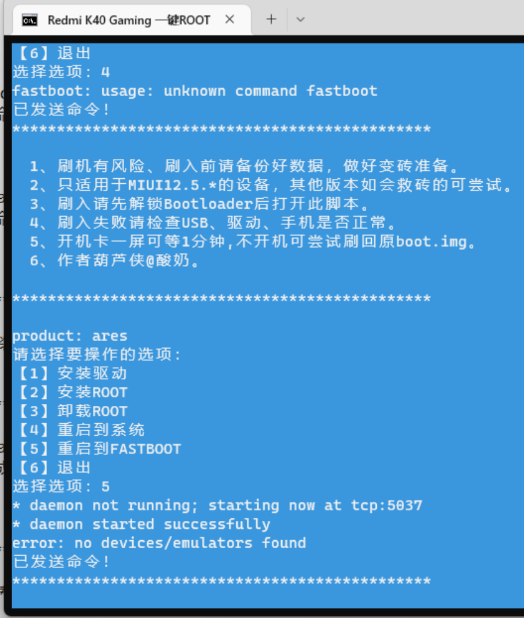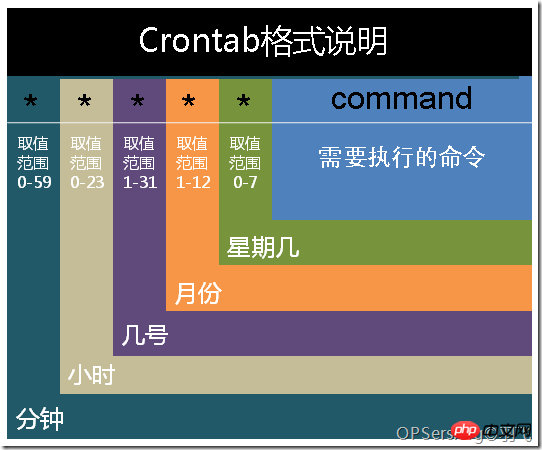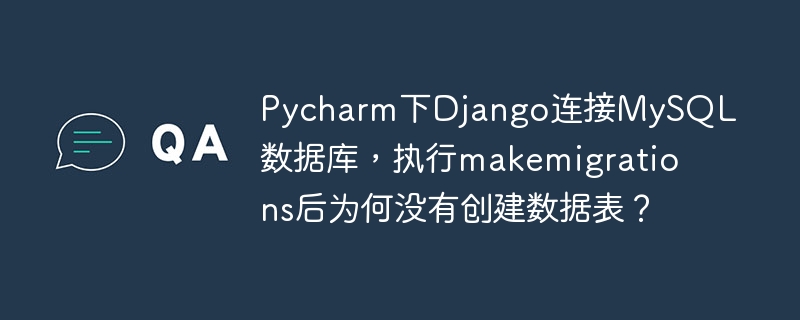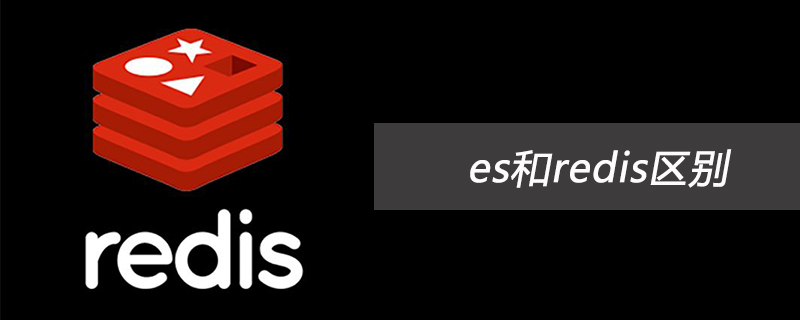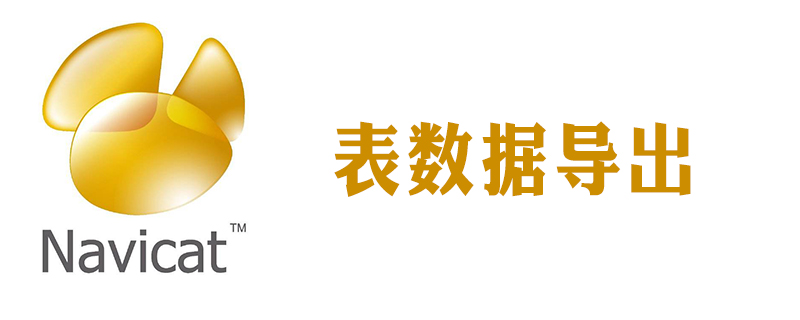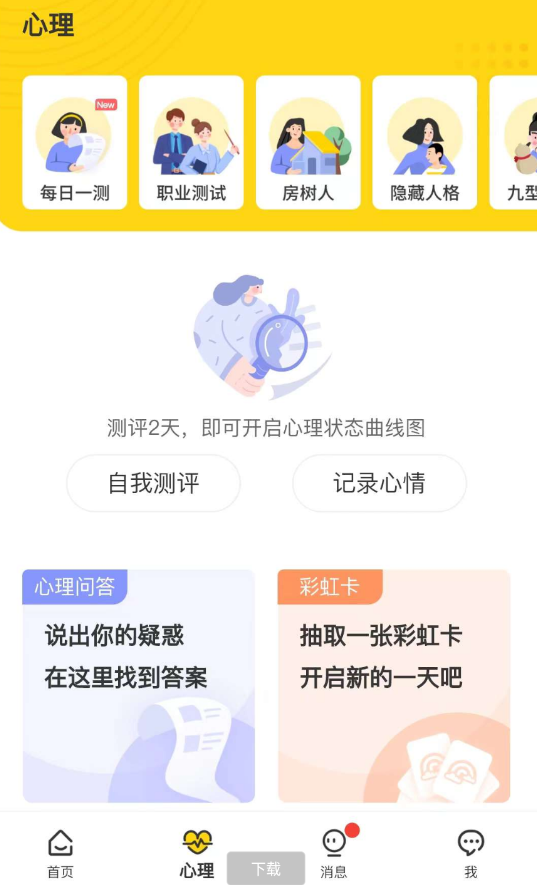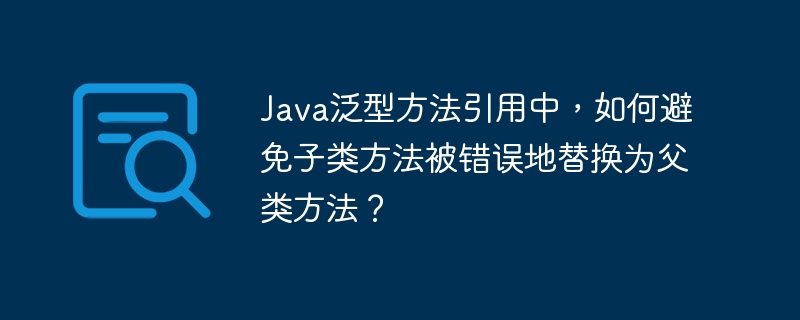
本文分析Java泛型中使用方法引用时,特别是涉及继承关系时可能遇到的一个常见问题:父类泛型方法引用子类方法,编译后却调用了父类方法。 我们将探讨这个问题的根源以及有效的解决方法。
假设我们有三个类:Car、redCar和YellowCar,其中RedCar和YellowCar继承自Car:
@Data public class Car { private String id; private int status; } @Data public class RedCar extends Car { } @Data public class YellowCar extends Car { }
在BaseCarController中,我们希望通过泛型T调用不同子类的getStatus方法:
立即学习“Java免费学习笔记(深入)”;
public class BaseCarController<T extends Car> { @Autowired CommonService cs; public void test(int id) { // 这里的问题:编译器会选择Car的getStatus方法 cs.toggle(id, T::getStatus); } } public class RedCarController extends BaseCarController<RedCar> {} public class YellowCarController extends BaseCarController<YellowCar> {}
预期中,RedCarController调用test方法时,应该执行cs.toggle(id, RedCar::getStatus);YellowCarController调用test方法时,应该执行cs.toggle(id, YellowCar::getStatus)。然而,由于Java泛型的类型擦除机制,编译器在编译BaseCarController时,T::getStatus会被替换成Car::getStatus,导致实际执行结果与预期不符,进而影响数据库更新(例如使用mybatis-Plus)。
解决方法:使用实例方法引用
为了避免类型擦除带来的问题,我们可以使用实例方法引用代替静态方法引用。 需要将方法的参数修改为具体的Car对象实例,然后使用实例方法引用。
public class Car { public String getStatus() { return "Car::status"; } } class RedCar extends Car { @Override public String getStatus() { return "RedCar::status"; } } public class Controller<T extends Car> { public void test(T car) { invoke(car::getStatus); // 实例方法引用 } private void invoke(Supplier<String> supplier) { System.out.println(supplier.get()); } }
现在,通过传入具体的Car对象实例,例如RedCar redCar = new RedCar(); new Controller().test(redCar);,就能正确调用RedCar的getStatus方法。 CommonService.toggle方法也需要相应修改,接受一个Supplier









